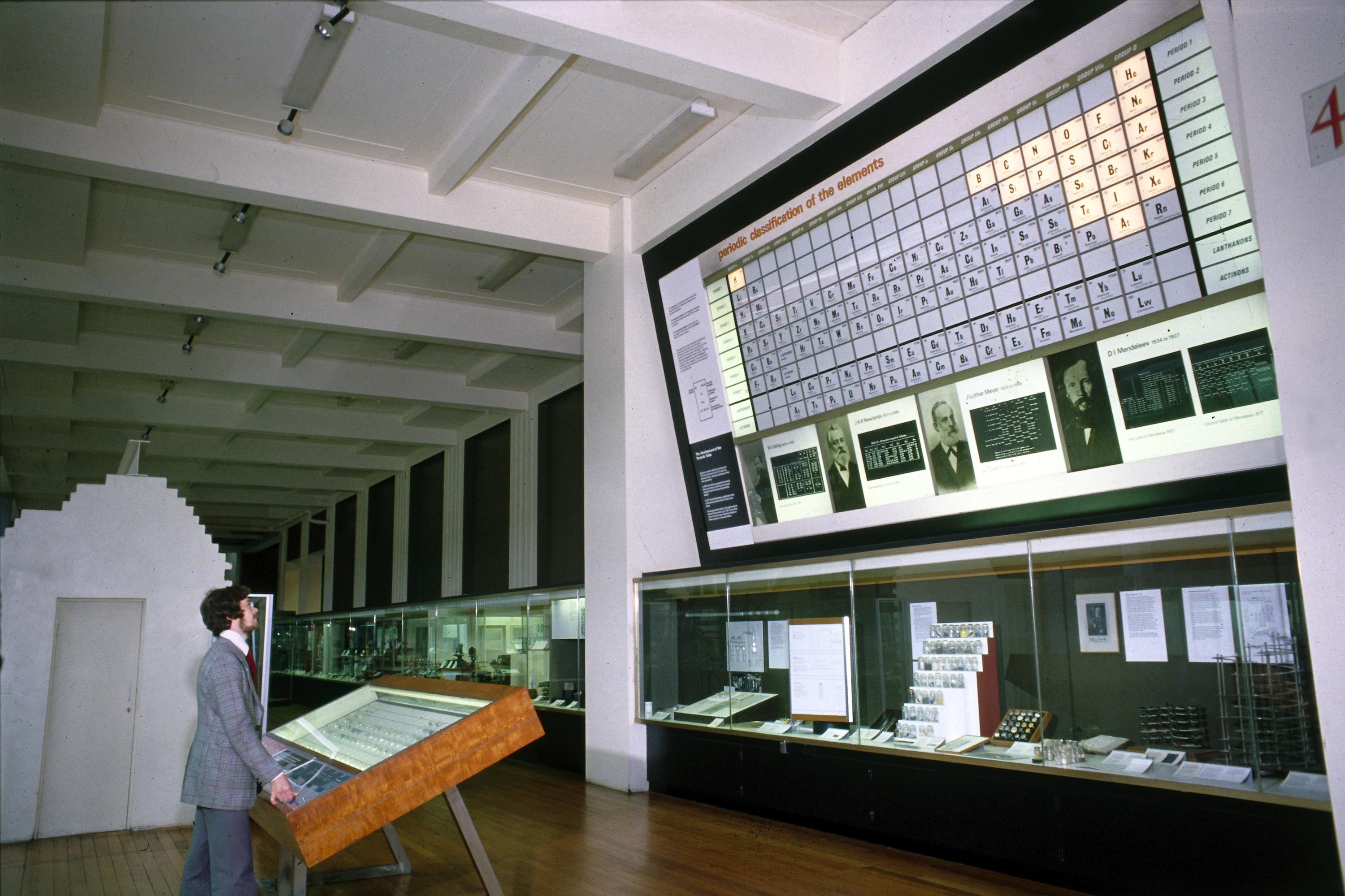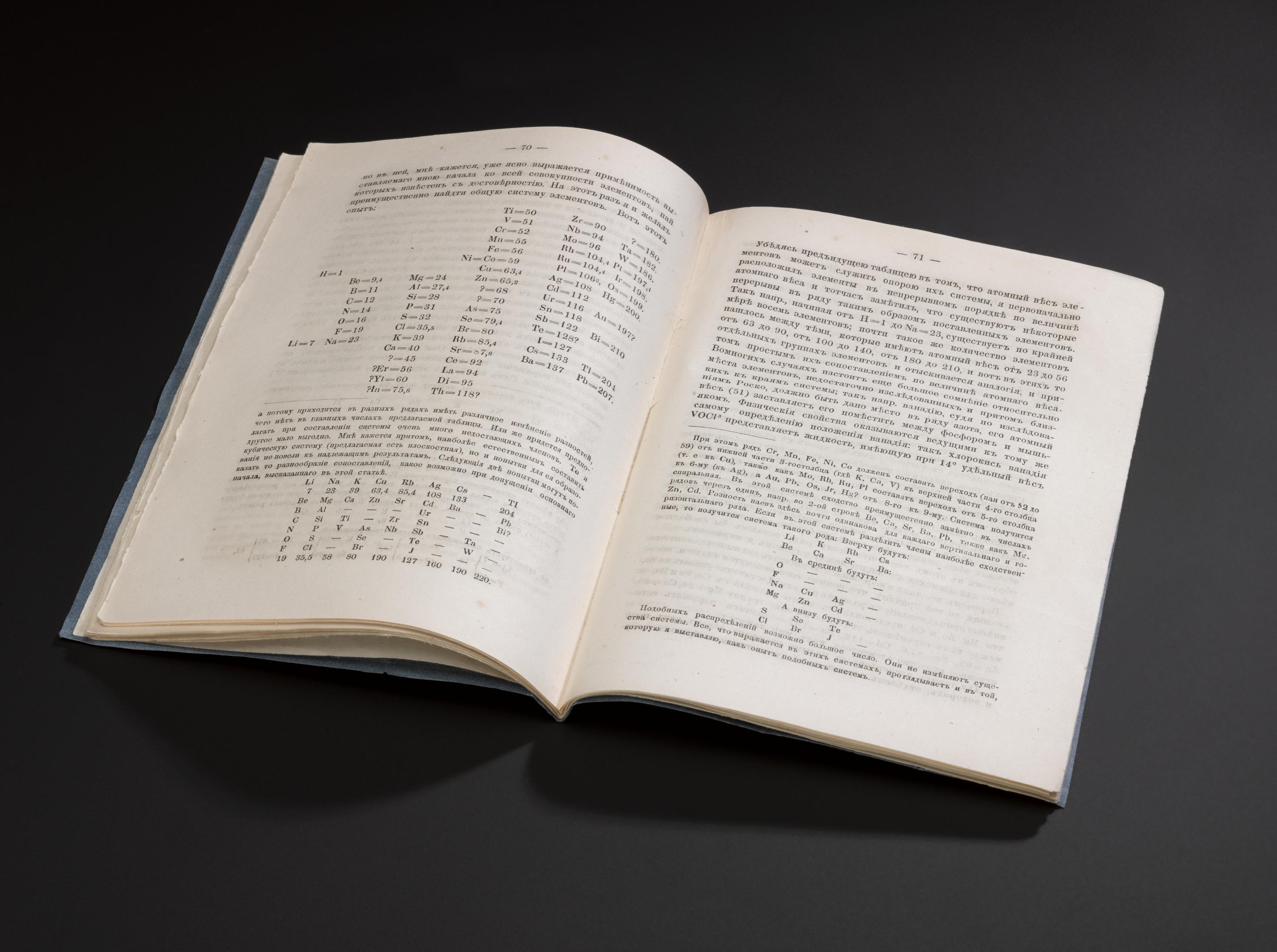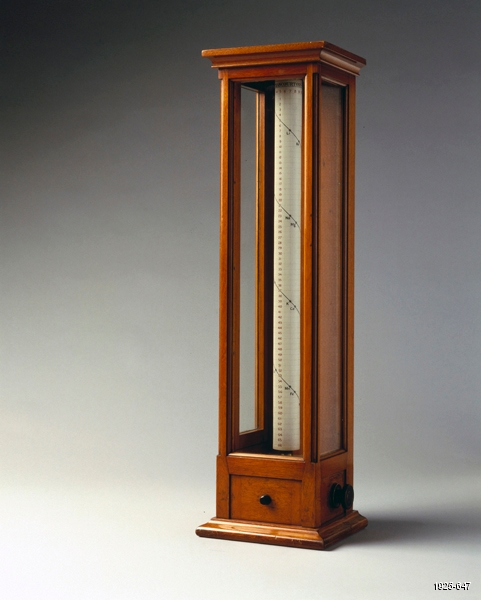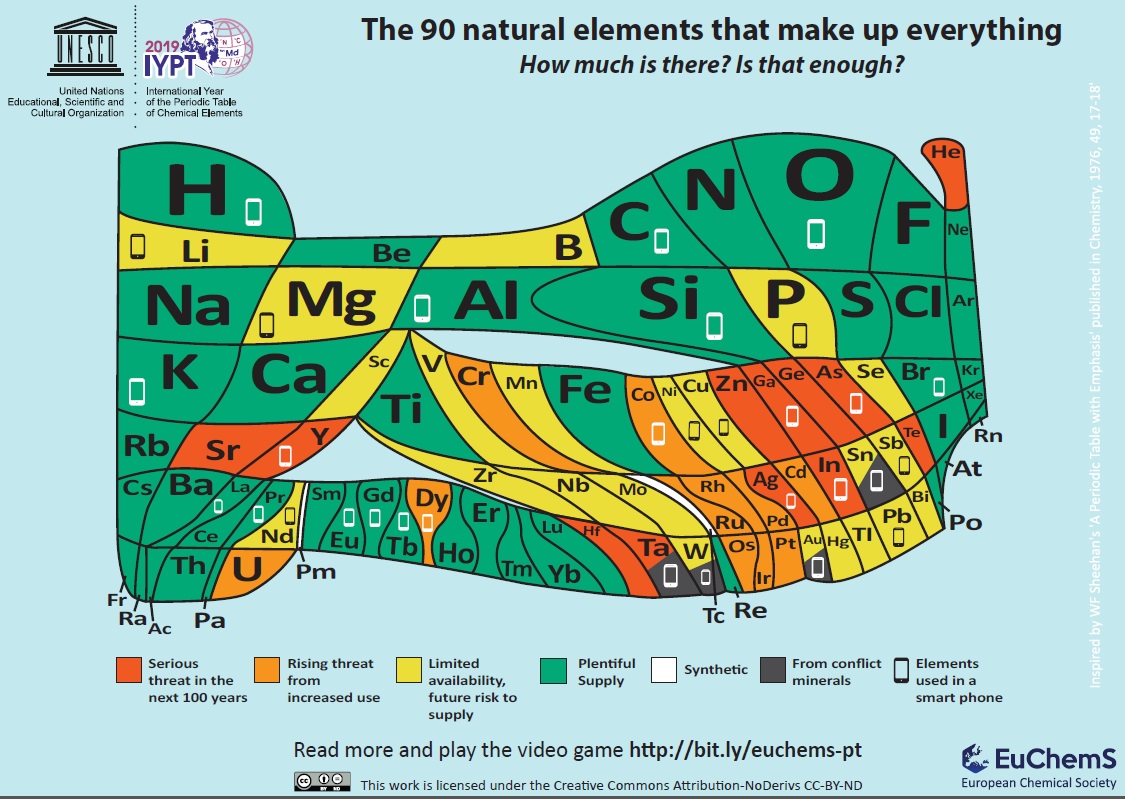Today, 29 January 2019, is an exciting day in the world of chemistry.
Celebrations have begun at UNESCO in Paris to mark the opening of the International Year of the Periodic Table of Chemical Elements.
The Science Museum is also celebrating this year, partnering with cultural institutions across South Kensington to host a festival of chemistry.

Why the periodic table?
This year is the 150th anniversary of its creation by Russian chemist Dmitri Mendeleev.
The United Nations has form for this sort of thing, in fact every year. Previous International Years include Astronomy in 2009, Physics in 2005, and Space in 1992.
But the UN does not limit itself to science, or even one theme per year. Take 2008, which saw International Years of Planet Earth, Languages, Sanitation, and no less worthy, The Potato. Clearly a vintage year.
Now it is chemistry’s turn to shine in the UN’s annual limelight.
When Mendeleev devised his periodic table in 1869 he unlikely had any idea how influential it would become – let alone the subject of an International Year…

Mendeleev’s breakthrough came on the morning of 17 February 1869.
He had been up most of the weekend trying to find a structure for the university textbook he was writing – a logical order in which to introduce the various groups of elements.
He was supposed to be attending a tour to inspect cheese making. But he couldn’t leave his house before solving the problem of how the elements ought to be classified.
In a moment of inspiration, Mendeleev scribbled down several rows of chemical symbols on the back of his invitation to the cheese tour – this document still survives, complete with tea-mug stain, in the archive of the Mendeleev Museum at St. Petersburg State University.
That day, Mendeleev would arrange the then known 63 elements into the rows and columns that in time would become the periodic table we know today, familiar around the world, and perhaps the best-known scientific icon in popular culture.
Mendeleev published this table in the journal of the newly-formed Russian Chemical Society the following month. This publication will go on display for the first time at the Science Museum on 6 March as part of a new display.

The power of Mendeleev’s system is that it ordered the elements both by their weight and their chemical groupings, revealing a pattern of reoccurring properties at regular periods.
He even allowed gaps, placing question marks with predicted weights for where he expected an element to be discovered.
Three of these elements were discovered in Mendeleev’s lifetime – gallium in 1875, scandium in 1879, and germanium 1886 – corresponding almost exactly to the properties and weights he foretold.
Mendeleev quickly gained international renown.
Although Mendeleev’s name is now synonymous with the periodic table, he was not the first (or the last) to devise one – indeed his attempt was preceded by five others.
It was a French geologist who was the first to put forward a system that showed the elements reveal periodic properties when ordered by relative weights. The extravagantly-named Alexander-Emile Beguyer de Chancourtois published his system in 1862, 7 years prior to Mendeleev.
But his contribution was not recognised until 30 years later.
Partly because he didn’t publish in a chemistry journal, but also because the publisher didn’t include a diagram of his complex spiral system.

The Science Museum Group has a model of de Chancourtois’ spiral periodic system in its collection, as well as a host of other alternative forms of the periodic table.
The elements continue to inspire new and alternative forms of the periodic table. The latest is a table that illustrates the relative sacristy of elements in terms of as a resource.

This issue is becoming increasingly important in light of our consumption of smartphones, which rely on increasingly-depleted stocks of elements.
To celebrate the International Year of the Periodic Table of Chemical Elements, the Science Museum is hosting a festival of chemistry, with a series of events and activities to explore the past, present and future of chemistry.
We are interested in collecting items related to the International Year of the Periodic Table (from home-made periodic tables to printed ephemera), preserving these as part of the collection to record worldwide celebrations in 2019.
Delve into interesting stories of how chemistry affects the world around you in our online series.